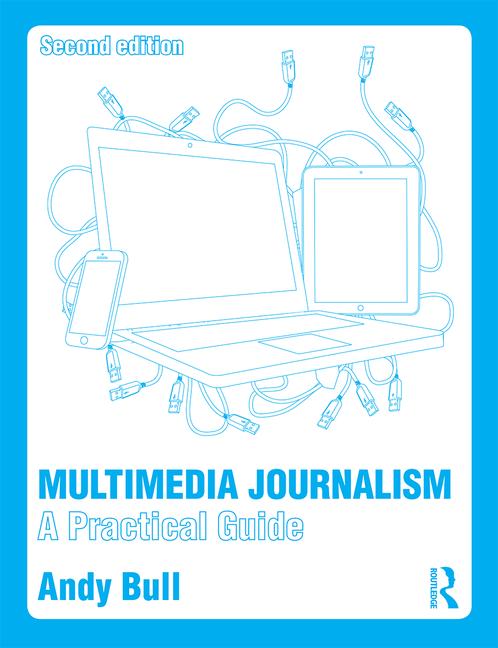How brand journalism is challenging the traditional PR model of third-party endorsement
This is a guest post from Laura Roig Vericat, who has recently completed a dissertation looking in detail on how brand journalism is transforming coverage of fashion.
Third-party
endorsement has always been the core essence of public relations, however,
background research shows a rise of brand publications within the fashion media
landscape, which is challenging the traditional PR model regarding the use
of the media. Precisely because of that, the disclosure of the brand authorship
within those publications raises concerns about the transparency and
credibility of the source. Are brands able to be perceived as an authoritative
media source?
Through
a content analysis of three brand publications and interviews with relevant
practitioners and journalists, my study looks at the different approaches to
Brand Journalism that fashion brands are developing at the moment, as well as
looking at different insights regarding the link between the authorship and the
credibility of the source.
Research
shows that there are three main approaches to Brand Journalism: ‘One-brand’,
Multi-brand’ and ‘Off-brand’. All three approaches feature different stories
based on the lifestyle of their target audience, but only two have a product
focus and include the media model of content-to-commerce, adding links to
e-commerce. The Edit, Net-a-Porter’s
magazine, and MANGO Magazine, for example,
enhance all stages of the decision making process, from inspiration to
purchase. NOWNESS, a publishing venture form
LVMH, is building a media channel to generate awareness instead of pushing
sales.
Brands
acting as publishers, could not be linking the authorship of the content to their
brand in order to present themselves as independent publishers. They could
potentially be risking their transparency in order to be viewed as more
credible. In fact, research shows that while The
Edit and MANGO Magazine have clear
links between the brand and the content, NOWNESS, disassociates
itself from the brand.
PRs
interviewed for the study point out that consumers are willing to engage with
brands in an editorial way, however, if brands aim to provide biased content,
they would rapidly dismiss them. Without the filter of journalists, consumers
become the gatekeepers of information and transparency and honesty is key to
engage with them.
Also,
after having analysed the fashion media landscape, it looks like traditional
publications are failing to provide relevant content. In fact, research shows
that consumers are now focusing on content instead of a channel.
Talking
about the content, PRs agree that the endorsement power of third parties such
as experts, celebrities and consumers is helping brands to be perceived as
authoritative sources.
 |
MANGO Magazine features mainly fashion bloggers and consumers |
In
fact, the use of such referees in brand publications is attracting the
attention of traditional media. This way, instead of only competing for readers,
brands and traditional fashion magazines complement each other, making brand
journalism a source of information and traditional media a traffic driver.
 |
| The Guardian features content first published on NOWNESS, linking back to their site |
Findings
also show that brand personality gives credibility to the source, however, it
also acts as a filter so brands only covering their own products are most
likely to only engage with brand fans. Adding other points of view within the
content, including products from other brands for example, not only gives more
transparency to the approach, but also helps the brand to appeal new consumers.
By providing a wider content, brands also create a key word cloud that helps
the publication to be found by search engines online.
Another
interesting fact is that having commercial motivations behind the content
doesn’t necessarily affect the credibility of the source. In fact, this study
shows that convenience prevails to independency demonstrating that the new
media model of content-to-commerce can actually benefit brands willing to
develop a publishing venture.
Transparency
and content appear to be more valued than the independency of the source when
conferring credibility to the media. It looks like PR has the opportunity to
build a media system in its own right and Brand Journalism appears to be the
medium. However, there is a time factor to be considered and the constant
delivery of those values is essential to build a credible media: “brands need to focus on how they can leverage
traditional media to not only drive sales today, but audiences tomorrow”, - Tom
Martin.
* Extract from MA dissertation
submitted for Westminster University, Master’s degree in PR,
London, 2013. The copyright of this document is shared by University of
Westminster
The dissertation has been published on Issuu and it is available here.
It is also embedded below




No comments:
Post a Comment